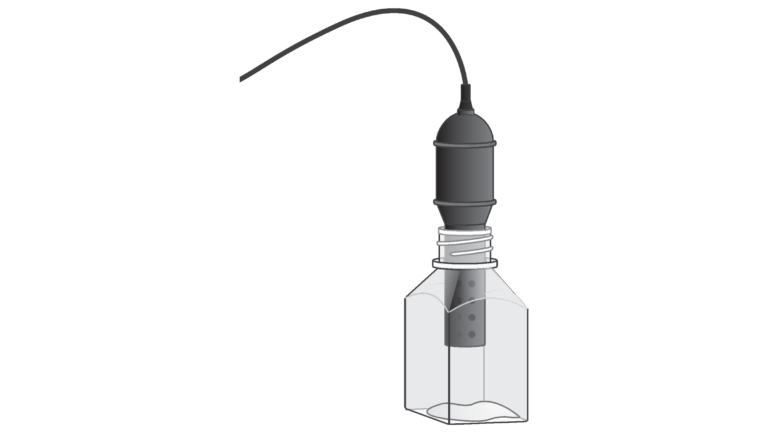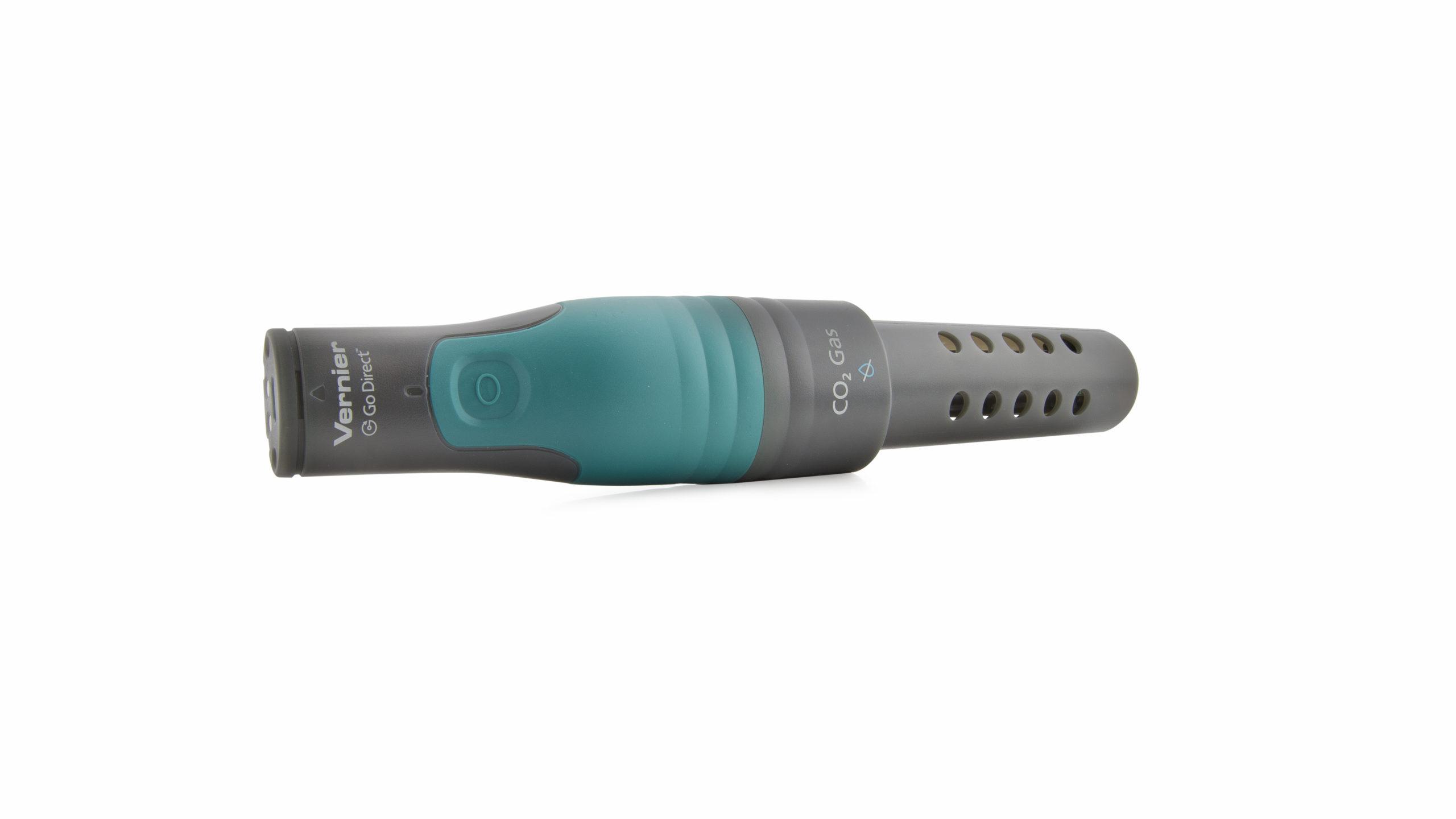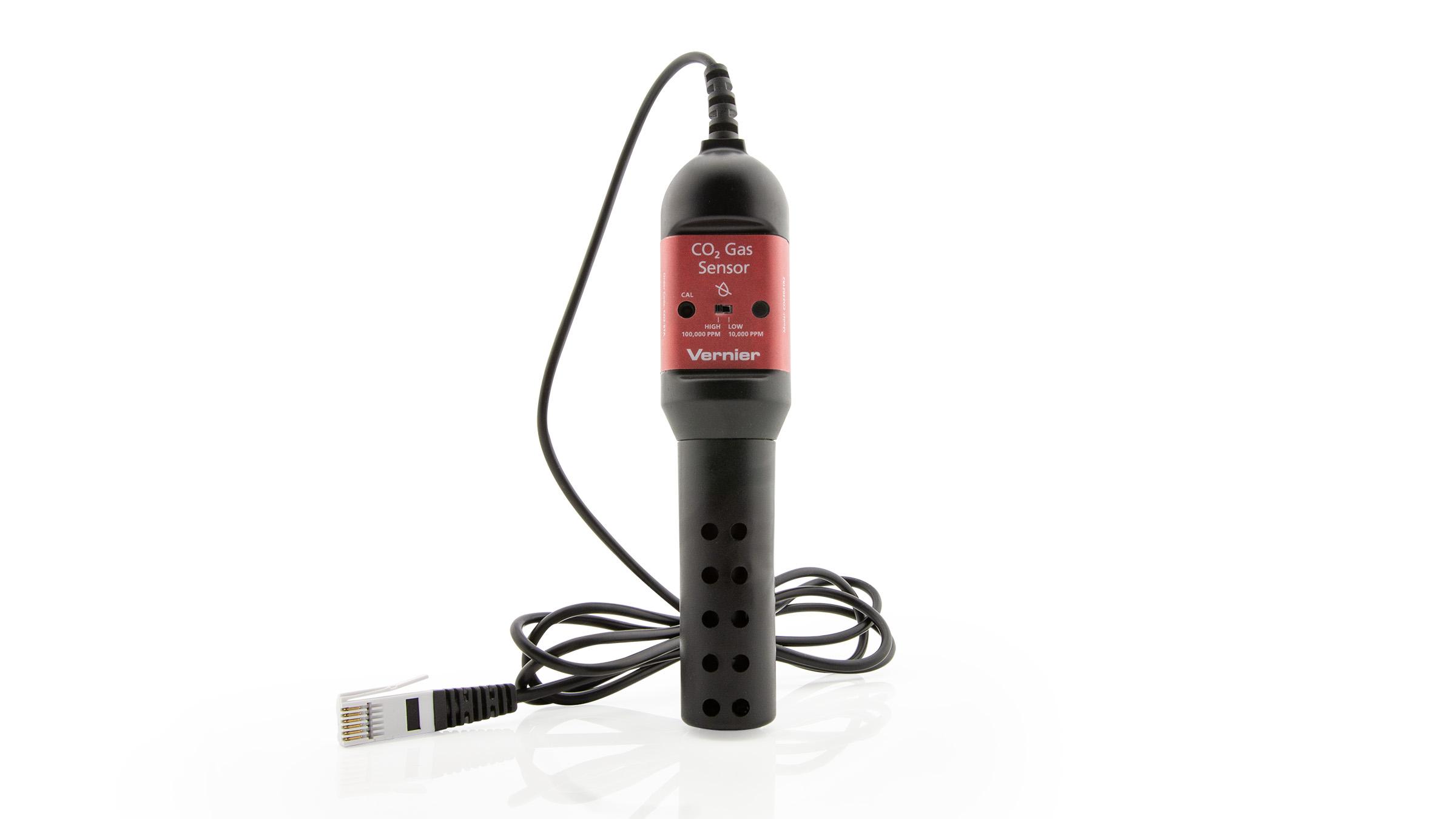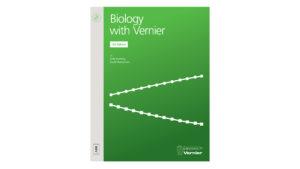
Introduction
Lactose, a disaccharide sugar found naturally in mammalian milk, is utilized by infants as one of their initial sources of energy. During infancy, mother’s milk is often the child’s sole source of nutrition. This milk sugar, lactose, must undergo an enzymatic reaction that separates the disaccharide molecule into two monosaccharides; glucose and galactose. This action is carried out in the cells lining the small intestine. The enzyme facilitating the ‘breakage’ reaction is called lactase. After the split, the resulting simple sugar molecules are released and the lactase enzyme is available to react again. Glucose molecules are absorbed and transported to the liver while galactose molecules undergo another enzymatic reaction converting them to glucose.
In this lab, you will assess the functioning of lactase. One way is to determine if the enzyme is converting the disaccharide into glucose and galactose by measuring the amount of glucose produced. You can use glucose test strips, originally made for diabetics to detect glucose levels. The test strip turns a range of colors to indicate the sugar’s concentration in solution.
An alternative test for lactase activity measures the production of CO2 gas by yeast. Presumably, yeast are unable digest lactose. Yeast metabolize glucose aerobically during respiration, according to the equation:
Water is produced and CO2 is released as the sugar is broken down in glycolysis. By monitoring the production of CO2, we can use yeast to indicate lactase activity.
Objectives
In this experiment, you will
- Test the action of lactase.
- Use glucose test paper to monitor the presence of glucose.
- Determine if yeast can metabolize glucose, lactose, or galactose.
Sensors and Equipment
This experiment features the following sensors and equipment. Additional equipment may be required.
Option 1

Option 2

Correlations
Teaching to an educational standard? This experiment supports the standards below.
- International Baccalaureate (IB) 2025/Biology
- C1.1.2—Role of enzymes in metabolism
- C1.1.3—Anabolic and catabolic reactions
Ready to Experiment?
Ask an Expert
Get answers to your questions about how to teach this experiment with our support team.
- Call toll-free: 888-837-6437
- Chat with Us
- Email support@vernier.com
Purchase the Lab Book
This experiment is #24A of Biology with Vernier. The experiment in the book includes student instructions as well as instructor information for set up, helpful hints, and sample graphs and data.

